Home / Creative Arts & Media / Stereoscopy: An Introduction to Victorian Stereo Photography / Louis Jules Duboscq
This article is from the free online
Stereoscopy: An Introduction to Victorian Stereo Photography


Reach your personal and professional goals
Unlock access to hundreds of expert online courses and degrees from top universities and educators to gain accredited qualifications and professional CV-building certificates.
Join over 18 million learners to launch, switch or build upon your career, all at your own pace, across a wide range of topic areas.


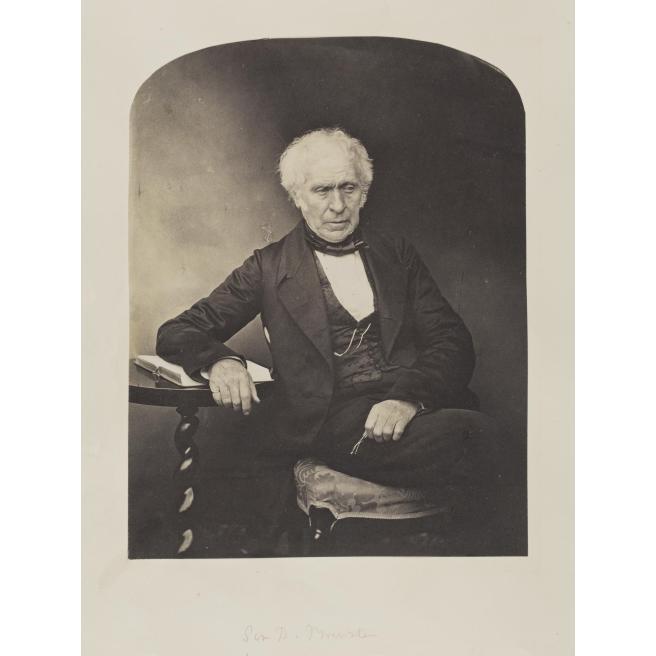 Albumen print from a wet collodion negative, in a calotype album, Sir David Brewster, by Dr John Adamson, 1855 T.1942.1.1.192 ©National Museums Scotland
Albumen print from a wet collodion negative, in a calotype album, Sir David Brewster, by Dr John Adamson, 1855 T.1942.1.1.192 ©National Museums Scotland
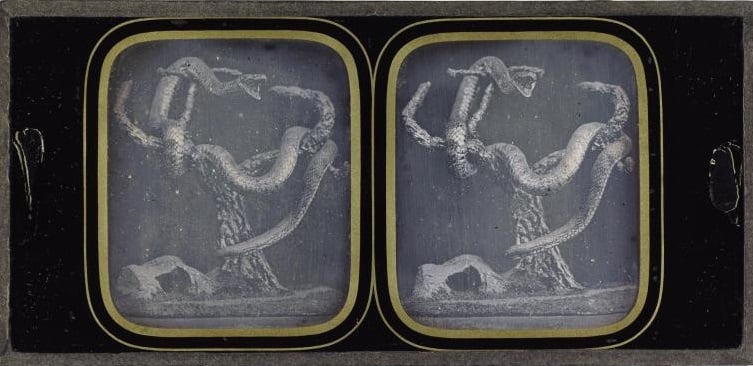 Image: Stereoscopic daguerreotype, depicting a still life of a snake wrapped around a branch, by Jules Duboscq, c. 1852 IL.2003.44.2.312 ©Howarth-Loomes Collection at National Museums Scotland
Image: Stereoscopic daguerreotype, depicting a still life of a snake wrapped around a branch, by Jules Duboscq, c. 1852 IL.2003.44.2.312 ©Howarth-Loomes Collection at National Museums Scotland
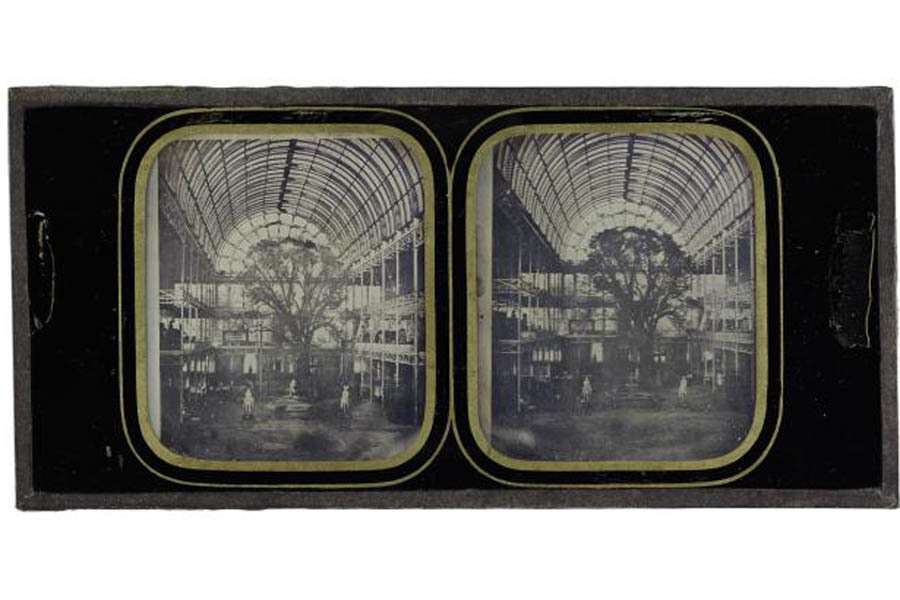 Image: Stereo-daguerreotype; view looking north showing an elm tree in the Crystal Palace, by Jules Duboscq, 1851 IL.2003.44.2.299 © Howarth-Loomes Collection at National Museums Scotland
Image: Stereo-daguerreotype; view looking north showing an elm tree in the Crystal Palace, by Jules Duboscq, 1851 IL.2003.44.2.299 © Howarth-Loomes Collection at National Museums Scotland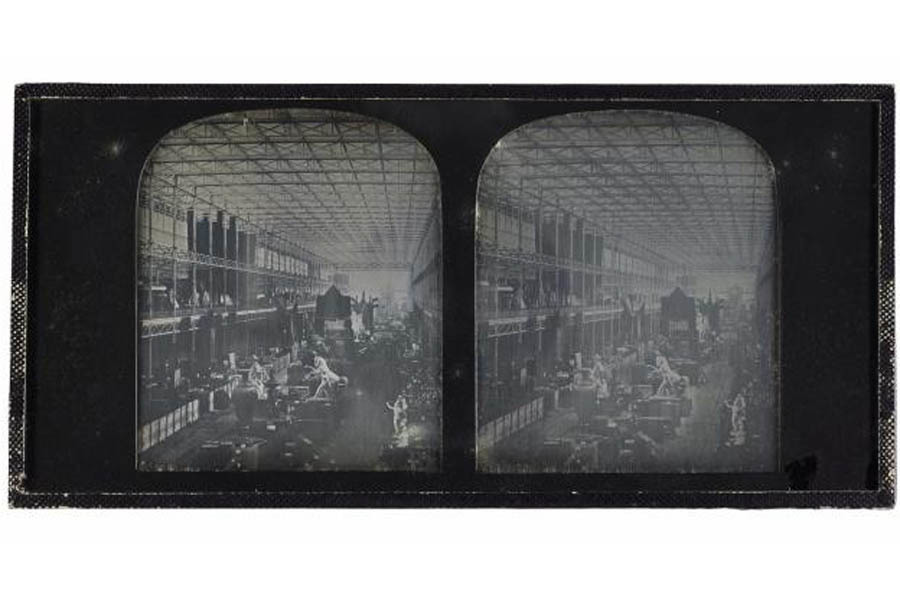 Image: Crystal Palace, view of the Western Hall, unsigned stereo-daguerreotype, possibly by TR Williams, 1851 IL.2003.44.2.308 © Howarth-Loomes Collection at National Museums Scotland
Image: Crystal Palace, view of the Western Hall, unsigned stereo-daguerreotype, possibly by TR Williams, 1851 IL.2003.44.2.308 © Howarth-Loomes Collection at National Museums Scotland
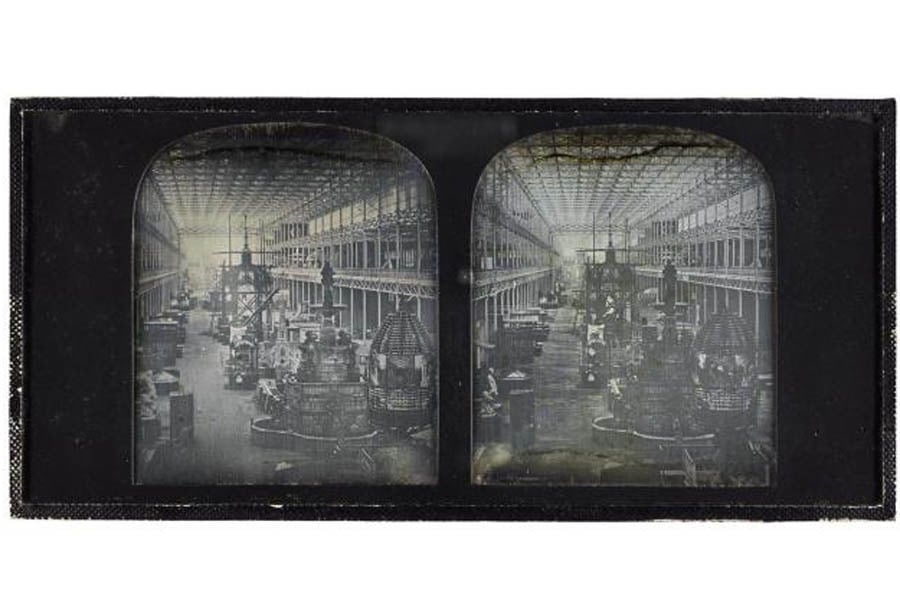 Image: Interior of the Crystal Palace with a fountain, unsigned stereo-daguerreotype, possibly by TR Williams, 1851 IL.2003.44.2.296 © Howarth-Loomes Collection at National Museums Scotland
Image: Interior of the Crystal Palace with a fountain, unsigned stereo-daguerreotype, possibly by TR Williams, 1851 IL.2003.44.2.296 © Howarth-Loomes Collection at National Museums Scotland





